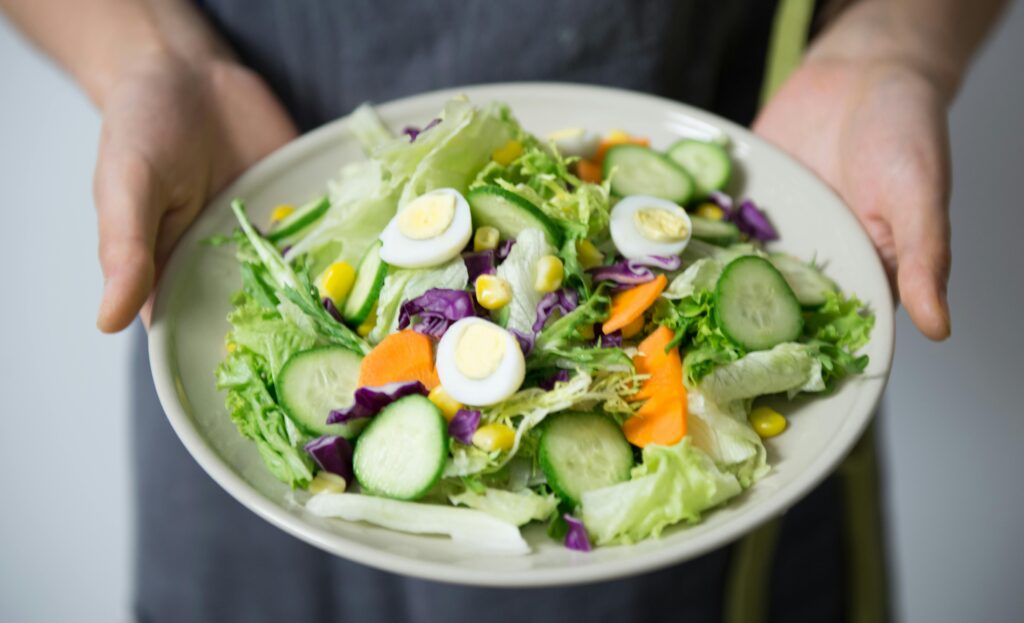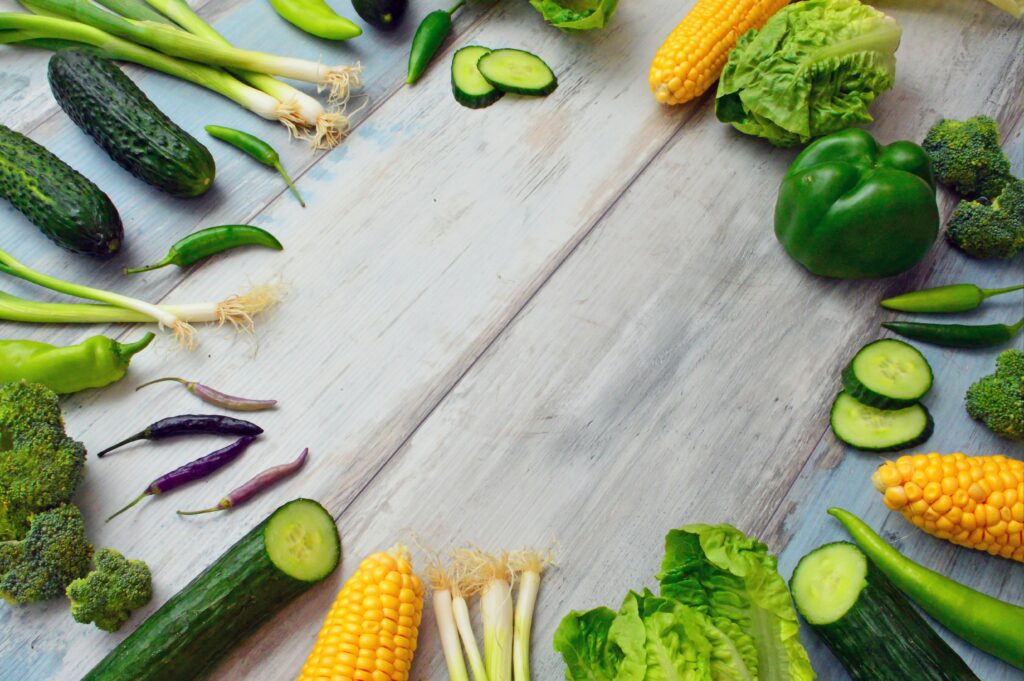Tracking what you eat is one of the most effective strategies for reaching your health goals, whether you’re trying to lose weight, gain muscle, or simply eat more mindfully. The MyFitnessPal Recipe Calculator is a powerful feature that helps you log entire meals with precision, saving time and ensuring accuracy.
This article explains how the Recipe Calculator works, its key benefits, practical tips, and common mistakes to avoid. It’s designed for users who want to get the most out of MyFitnessPal’s tracking tools from everyday fitness enthusiasts to professionals managing client nutrition.

How the MyFitnessPal Recipe Calculator Works
The MyFitnessPal Recipe Calculator is designed to simplify how users track complex meals by automating nutritional analysis. Instead of logging ingredients one by one, users can enter full recipes and let the tool calculate calories and macronutrients per serving. This section explains where the feature is located and how to use it effectively within both the mobile and web platforms.
Accessing the Feature
To start using the Recipe Calculator, users must navigate to the appropriate section within the app or website. Although the interface may differ slightly depending on the platform, the access path is consistent and user-friendly.
- On the web version, navigate to the “Food” tab, then click on “Recipes” and choose “Enter New Recipe”.
- On the mobile app, go to the More Menu, select “My Meals, Recipes & Foods”, and tap “Create a Recipe”.
Both versions support manual entry and importing from the web. The app also allows access via the food diary, offering a seamless experience for users who want to log meals immediately after creation.
Creating a Recipe Step-by-Step
Creating a recipe in MyFitnessPal involves a clear, linear workflow that helps ensure all nutritional data is captured accurately. The system guides the user through naming, building, and finalizing the recipe with flexibility at every step.
- Recipe naming is the first step: Clear, specific names make recipes easier to find and reuse later.
- Ingredient entry follows: Users can manually input each component or paste an entire list of ingredients. MyFitnessPal will attempt to match each line with entries from its food database.
- Servings must be specified: Users can input an estimate during creation and refine the number later based on actual yield after cooking.
- Ingredient validation is critical: If an item is incorrectly matched or too vague, it can be searched and replaced manually with a more accurate entry.
- Nutrient totals are automatically calculated: The tool shows full recipe data and per-serving breakdowns, covering calories, macronutrients, and in some cases, key micronutrients.
- Saving and logging allows the recipe to be stored for future use and optionally logged into the food diary for immediate tracking.
This step-by-step method ensures that users can replicate and track meals without redundancy. Once saved, a recipe becomes part of the user’s database and is available on all devices.
Practical Integration in Meal Planning
The Recipe Calculator is especially useful in structured dietary environments for instance, batch cooking, personalized meal prep, or when working with meal plans that are repeated over time. Instead of re-entering the same ingredients for every portion, users can quickly log entire recipes with a single action, maintaining both speed and accuracy in their nutrition records.
This functionality reduces manual workload, increases consistency in tracking, and supports better decision-making based on reliable data. Whether for personal accountability or professional use, the Recipe Calculator becomes a core part of any efficient meal-logging routine.

Benefits of Using the Recipe Calculator
The Recipe Calculator is more than just a time-saving feature; it’s a structured approach to improving dietary precision, reinforcing nutritional habits, and aligning meal intake with personal goals. For professionals and motivated individuals alike, this tool enhances both the quality of food tracking and the efficiency of the overall nutrition workflow.
Accuracy and Consistency
One of the most valuable benefits is the ability to track nutrition with a higher degree of reliability. Inconsistent logging often results in misleading calorie and macro totals, especially when meals are composed of multiple components. By calculating the full recipe once and dividing it by actual servings, users remove ambiguity from their daily records. This consistent methodology makes week-over-week comparisons more meaningful and allows for accurate nutritional analysis over time.
Simplified Meal Planning
In meal planning whether for personal use or client programming repetition is both common and useful. With the Recipe Calculator, recurring dishes don’t require repeated input. Once a recipe is saved, it becomes a reusable building block for future planning. This simplification encourages users to prepare meals in advance, maintain dietary structure throughout the week, and reduce mental overhead when logging food. It also supports bulk-prep strategies, where nutrition needs to be broken down into portioned servings for multiple days.
Personalization
Every user has unique dietary needs, and the Recipe Calculator accommodates this through built-in flexibility. It allows precise ingredient control, so users can adapt meals for allergies, intolerances, or specific macronutrient distributions. Adjusting quantities or replacing ingredients doesn’t require rebuilding the recipe from scratch. Over time, this empowers users to experiment within their nutritional framework for example, reducing sodium in a favorite dish or increasing protein without altering flavor balance.
Goal-Oriented Support
Sustainable progress in fitness or health relies on aligning daily food choices with measurable objectives. The per-serving breakdowns provided by the Recipe Calculator create a direct link between meal composition and calorie or macro targets. Users trying to hit specific protein goals, maintain a calorie deficit, or balance carb intake benefit from seeing real-time impact at the portion level. This visibility supports better planning, improves decision-making, and helps users take ownership of their nutrition strategy.
Final Thought on Benefits
What makes this feature truly valuable is how seamlessly it integrates into broader lifestyle habits. Whether the user is tracking macros for competition prep, planning balanced meals for family health, or managing clinical dietary guidelines, the Recipe Calculator acts as a practical tool that turns intention into action. It minimizes guesswork and builds a foundation for precision-based nutrition without increasing daily complexity.

How to Simplify Recipe Management and Calculate Nutrients in Advance
We understand how challenging it can be to track your nutrition accurately and consistently, especially if you cook at home, plan your meals for the week, or pay close attention to what’s in each dish. In all of this, it’s crucial to have a simple, reliable way to organize your recipes and see the nutritional breakdown of your meals in advance. That’s exactly why we created ReciMe.
Our app helps you do more than just cook – it helps you plan, calculate, and feel confident about what you’re eating. ReciMe becomes your quiet but powerful assistant in the background: plan ahead, calculate precisely, and log your meals in seconds.
Here’s what you can do in ReciMe:
- Store all your recipes in one place: Save your favorite meals, add your own recipes, or import them from popular websites all organized in your personal recipe library.
- Automatically calculate calories and macros per serving: We instantly calculate total calories, protein, fat, and carbs for the full recipe and per serving. You’ll know exactly what your meal “weighs” before you even start cooking.
- Plan your meals for the week: Build a weekly meal plan from your saved recipes. It saves time and helps you stick to your eating routine and nutrient goals.
- Customize recipes to fit your needs: Swap ingredients, adjust quantities, remove items we’ll instantly recalculate the full nutritional breakdown. This is especially helpful for food allergies, specific diets, or personal macro targets.
- Keep accuracy with final dish weight and yield: Enter the total weight of your finished dish, and ReciMe will calculate the exact nutritional content per portion. No more guesswork or eyeballing.
ReciMe is your culinary assistant and nutrition guide. With it, you’re not just cooking, you’re cooking with intention. That means fewer mistakes, better results, and a more stable routine.
Try ReciMe and see how much easier nutrition tracking becomes when you have a smart recipe calculator by your side.
Just try it – you’ll love it:



Tips for Effective Use
To unlock the full potential of the Recipe Calculator, users must go beyond basic usage and apply specific techniques that enhance both data quality and workflow efficiency. These tips address common gaps in practice and help ensure the tool serves as a reliable asset in everyday nutrition management.
Be Precise With Ingredient Weights
Accuracy starts with measurement. Using a digital food scale to weigh ingredients rather than relying on volume estimates like cups or spoons significantly reduces error, especially for calorie-dense or inconsistent items such as oils, nuts, shredded cheese, and cooked grains. Weight-based entries also align better with how nutritional data is calculated in the database, ensuring that what’s logged matches what’s actually consumed.
Use Verified Ingredients From the Database
The quality of nutritional tracking depends on the accuracy of the ingredient data used. When searching for items in the database, prioritize entries marked as “verified.” These typically come from official sources or standardized packaging and offer consistent macronutrient profiles. Avoid generic or user-generated entries with missing information or unusual serving sizes, as they can distort total calculations and reduce the reliability of your logs.
Save and Reuse Recipes
Once a recipe has been created, it should not be seen as a one-time entry. Saving frequently used meals enables faster logging, builds consistency in the diary, and supports better comparison over time. For professionals managing client nutrition, saved recipes can also be exported or adapted across multiple programs. Naming conventions also matter, descriptive, clear titles make retrieval easier and help categorize recipes by purpose, such as “Post-Workout Shake” or “Low-Carb Dinner.”
Adjust Servings After Cooking
It’s common to estimate servings during recipe creation, especially if the final yield isn’t known until after preparation. To improve accuracy, users should weigh the full cooked dish and then divide it by the weight of a single portion. Updating the serving count afterward ensures that each logged serving reflects actual intake. This step is particularly important for calorie-controlled or macro-specific diets, where small errors can accumulate over time.
Establish a Review Habit
In addition to these core practices, users should regularly review saved recipes. Nutritional data can shift based on new ingredient choices or updated entries in the database. Taking a moment to validate or refine existing recipes every few weeks helps maintain accuracy, especially if the same dishes are used repeatedly in meal planning.

Common Mistakes and How to Avoid Them
Despite the efficiency and accuracy of the Recipe Calculator, its effectiveness ultimately depends on how users apply it in practice. Seemingly minor errors can accumulate over time, leading to distorted tracking data and misleading progress reports. This section outlines several typical mistakes and offers practical solutions to prevent them ensuring the tool delivers maximum value.
Entering Incorrect Serving Sizes
One of the most common oversights involves assuming serving sizes without measurement. While the calculator requires users to input a number of servings when creating a recipe, this figure is often based on guesswork rather than actual yield. If the estimation is inaccurate, the resulting per-serving calorie and macro breakdowns will be flawed.
To avoid this, treat the initial serving input as a placeholder. After cooking, assess the total output of the dish whether by weight, volume, or portion count and adjust the serving size accordingly. This small correction step brings long-term improvements in data consistency, especially when recipes are reused frequently.
Choosing Generic or Inaccurate Database Entries
The reliability of recipe data hinges on the quality of the ingredients selected. Using generic terms like “mixed vegetables” or “chicken” without specifying preparation methods, cooking state, or variations can introduce large margins of error. Even entries with similar names can differ significantly in nutritional content.
The solution is to select entries that reflect not only the food item but also its form and preparation method for example, “chicken breast, cooked, grilled, skinless” rather than simply “chicken.” Where multiple similar options exist, opt for the one that matches the ingredient as you actually used it. This attention to detail improves tracking precision without requiring extra effort once the habit is formed.
Ignoring Hidden Calories
Another frequent mistake is omitting ingredients that appear secondary or insignificant. These “invisible” calories from oils, sauces, glazes, or spreads can easily add up, especially in recipes that are otherwise healthy. The problem lies not just in calorie undercounting, but also in skewed macronutrient ratios.
The best prevention is to log all edible components, even those used in small quantities. If you sauté vegetables in oil, that oil is part of the dish. If you top a salad with vinaigrette, it must be included. Over time, this habit reinforces a more accurate understanding of where calories are coming from and enables more informed substitutions when needed.
Overlooking Recipe Maintenance
Once a recipe is created, it can become outdated if not reviewed periodically. Ingredient brands may change, cooking methods may vary, or nutritional labels might be updated. If the saved recipe is used repeatedly without verification, it may no longer reflect what’s actually being consumed.
To maintain accuracy, make it a habit to revisit frequently used recipes. Small updates such as switching brands, changing a seasoning blend, or adjusting for yield differences keep the recipe current and aligned with real-world intake.
Conclusion
The MyFitnessPal Recipe Calculator is a highly practical tool for anyone committed to accurate and efficient nutrition tracking. By consolidating ingredient data, automating calculations, and simplifying meal logging, it removes many of the obstacles users face in daily tracking.
For health-conscious individuals, nutrition professionals, or anyone on a structured dietary plan, mastering this tool can lead to better decisions, faster results, and more confidence in your health strategy. Taking the time to understand and apply it effectively offers long-term benefits and elevates your approach to nutrition.
FAQ
How does the Recipe Calculator determine calories and macros?
The calculator pulls data from MyFitnessPal’s food database based on the ingredients you enter. It aggregates the nutrition info for the full recipe, then divides it by the number of servings to give per-portion data.
Can I edit a recipe after I’ve created and saved it?
Yes, you can reopen any saved recipe, update ingredient quantities, add new items, or change the number of servings. This allows users to refine recipes after cooking or as dietary needs change.
Is it possible to import a recipe from a website?
Yes. MyFitnessPal allows you to paste a URL from most popular recipe sites. It will automatically extract the ingredient list and suggest matches from its database. You can then review and adjust as needed.
What if MyFitnessPal doesn’t recognize an ingredient?
If the auto-match is incorrect or missing, you can manually search the database for a better match. Users are encouraged to choose specific, verified items to ensure accuracy.
Does the mobile app support the same features as the web version?
Most features are available on both platforms. The mobile app even allows quick access via your food diary and supports recipe creation directly from previous meals.
Can I track one portion of a saved recipe?
Absolutely. When logging, you can select the number of servings consumed. If you eat half a serving or double it, you can manually adjust the portion to reflect your intake accurately.
Are shared recipes visible to other users?
Recipes are private by default. However, you can manually share a recipe with others by copying the ingredient list or using export features, depending on your subscription level.
